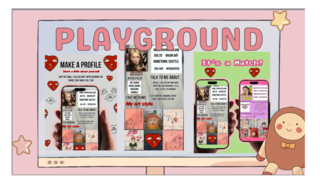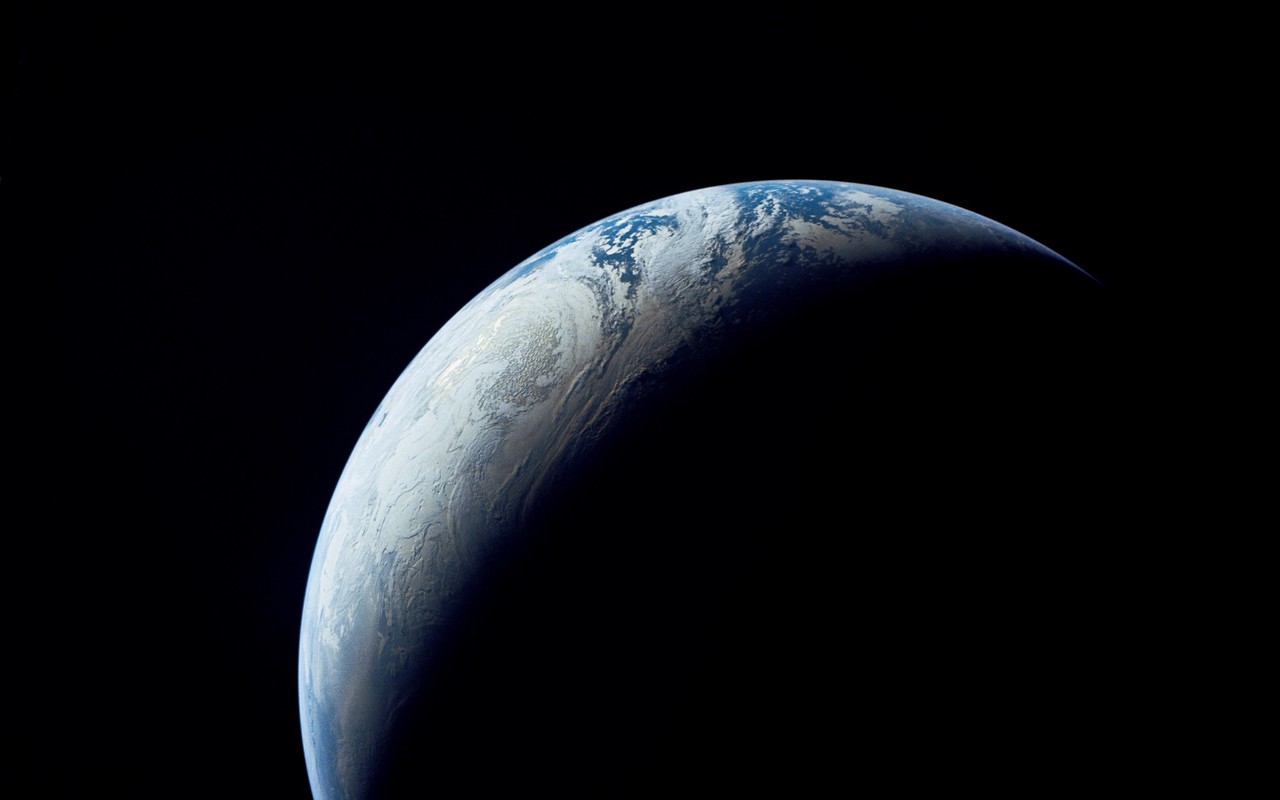
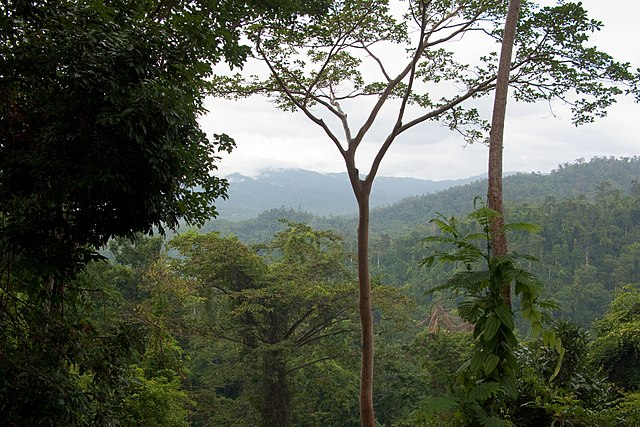
Six Views to Change the World
In our group, we had a variety of ideas, but we collaborated to create a comprehensive group report. Derick wanted to know how the emergence of nuclear energy changed the world. Peter is investigating paper as a new building material. Sophia is focused on what individuals can accomplish when working together and fostering creative mentalities through community. Jinyong is striving to show the connection between art and data science through the use of coding. Pablo is looking to encourage people to be more conscious and cautious of the negatives of technology through the use of “Spam Ham." Kevin is aiming to change people’s perspectives about climate change and offer reprieve through an online art gallery. Together, we are exploring various artistic directions and forms, aiming to establish a new era of climate ideology.
One of the reasons why we decided to collaborate despite our very different projects is because they all revolve around some aspect of community. All of our projects either seek to grow, protect, or warn humanity. Due to us all finding a key point to work off of, that led us to collaborate together to show how critical community is in resolving a massive issue such as climate change. Not only does collaborating offer the point just mentioned, but it’s beneficial in general to see other people’s perspectives or goals. It leads to better understanding and communication with other people in the long run. We can certainly be influential alone, but together, we can truly strive to make a difference. We made our presentation the way we did not only so we could show multiple projects in a timely manner, but also to showcase what even just one individual can create. It’s through this individuality that, despite everyone following their own path, we can come to a crossroads together, find similarities between our projects, and collaborate for the bigger picture. Looking at our project as a whole, our varying views show we are doing everything in our power to do what we can for humanity, finding any strand of hope to grab onto, whether that be through a club, technology, history, etc., in the hopes that we can inspire others and make a difference. We may have six views on changing the world, but when you look at them together, that uniqueness in differing ideas can impact humanity as a whole. Perhaps even inspiring others to create their own ideas for the betterment of our world, just like we have.
For example, when Derick shares insight into nuclear energy or when Sophia's club comes up with an important thesis about climate change, Jinyong, Peter, and Pablo can use various mediums such as data, paper, and spam to create artwork that represents the topics presented by Derick and Sophia. Afterwards, many people could access this artwork through Kevin's online art gallery. We believe that through this collaboration, our group project can function as a group project rather than simply the sum of six individual projects.
Another concept we focused on for our individual projects is creativity, and when it comes to art and climate change, we believe it plays a vital role not just in understanding their relationship but also in contributing to the expression and exploration of climate change through the lens of art. When working individually, it’s common to be unknowingly influenced by our existing opinions and beliefs built over the span of our lives which can limit the scope of our creativity. This is why we believe that working as a group can enhance our ability to utilise our individual creativity to the fullest through the exposure and discussion of different backgrounds and perspectives. Transformed individuals are far more likely to have the capacity to transform our society and unlock innovative solutions. This diversity not only helps with generating solutions but also with getting new perspectives on our existing ideas for our projects. I think we were able to balance this tool of collaboration in our projects through implementing different perspectives to our theses whilst also not letting it hinder our individual creative expression.
Our group assignments reflect the importance and diversity of the collective. By bringing together our diverse cultural backgrounds and interests, from the transformative potential of nuclear energy and the innovative use of paper in architecture, to the unifying power of community clubs, the intersection of art and data science, the critical examination of the impacts of technology, and the transformative power of online art galleries on climate change. We created a diverse group project that demonstrated that collaboration is a necessary way to address climate issues.
We live in a society that historically tends to sequester fields of knowledge with a competitive seclusion of STEM and the Arts. Often the Arts are left behind when evaluating the importance of its role in life and humanity. STEM is systematically favoured as we see in the underfunding of the arts in schools, higher salaries in STEM and a general rewarding attitude of children and individuals who gravitate towards the STEM realm of knowledge. The isolation of knowledge begins in the school system, a prime stage of human development and has the capacity to determine the momentum of an individual's lifetime. The idea of disciplines of academia were designed to neatly categorise knowledge into localised specialties which allows for expertise within a measured subject pertaining to knowledge already acquired. STEMs value is undeniable as it contributed concretely to the developments of age of progress such as technological advancements, modern medicine, infrastructure and more. However this is only half of a whole galaxy of pictures as the Arts speak to the intangibles, future events and mysteries of the universe science has yet to find an explanation for. This science oriented approach for ages has enabled expansive knowledge in areas of study but what has become largely clear is complex global problems require complex and multifaceted solutions. These solutions will need to draw from the larger sphere of individuals and communities to come together to synthesise solutions in an interdisciplinary manner. We have a problem on our hands that requires a system where every individual can bring their maximum potential for change to the table. In our class we talked alot about sociocracy, a method of government designed around all individuals being able to share voices and ideas, taking an active role in decision making. We propose this approach to represent a sociocracy of ideas, where individuals in their expertise are able to compare, contrast and combine knowledge and understanding to find common group solutions. Through combining seemingly unrelated projects at first glance, we blur the lines of our ideas of owning knowledge and enter a space of sharing and encouraging interdisciplinary collaboration.
We aim to inspire others to join our cause and contribute their unique ideas for global solutions by utilising the strengths of our individual projects and the power of artistic expression. We strongly believe that through our group’s different perspectives, more people can find resonance in them and truly begin to care about climate issues. Our Project isn't just an amalgamation, it's the culmination of our collective wisdom, and it's a repository for everyone in the world to look at, because here you can see a wide variety of perspectives on climate issues. As the world makes our Project accessible to all, our perspectives will collide more intensely with others so that our world can move closer to hope and resilience.
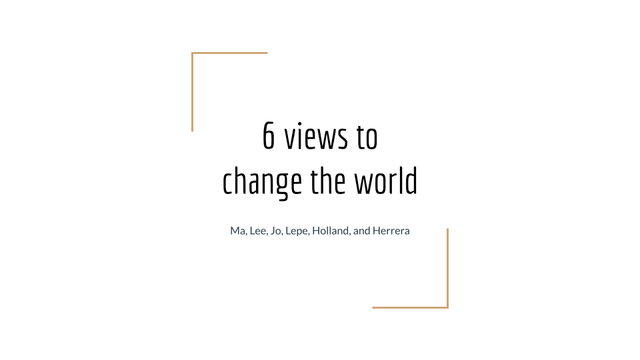
6 Views to Change the World
Paper Materials, Creativity, and Connection with Nature
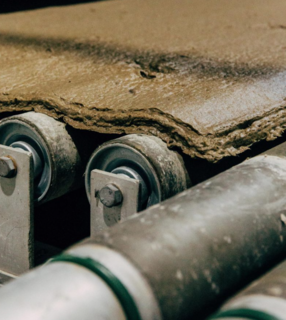
Building with Paper
Peter JoPublished- This text has 0 annotations
- This text has 0 highlights
The Mushroom
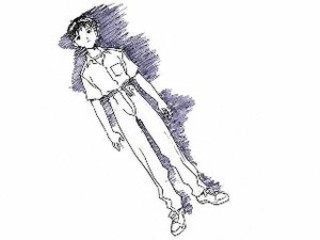
The MushroomArts to cry the peace
Qinglong MaPublished- This text has 0 annotations
- This text has 0 highlights
The MMAA: Multi-Media Climate Association

The MMAAThe Multi-Media Art Association
Kevin LepePublished- This text has 0 annotations
- This text has 0 highlights
Healing Through Creative Resilience
- Published
- This text has 0 annotations
- This text has 0 highlights
DataCanvas: Painting a Sustainable Tomorrow
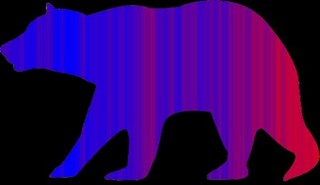
Data Canvas: Painting A Sustainable Tomorrow
Jinyong LeePublished- This text has 0 annotations
- This text has 0 highlights
Art Technology and The Industrial Future
Art, Technology And The Industrial Future
Pablo HerreraPublished- This text has 0 annotations
- This text has 0 highlights


